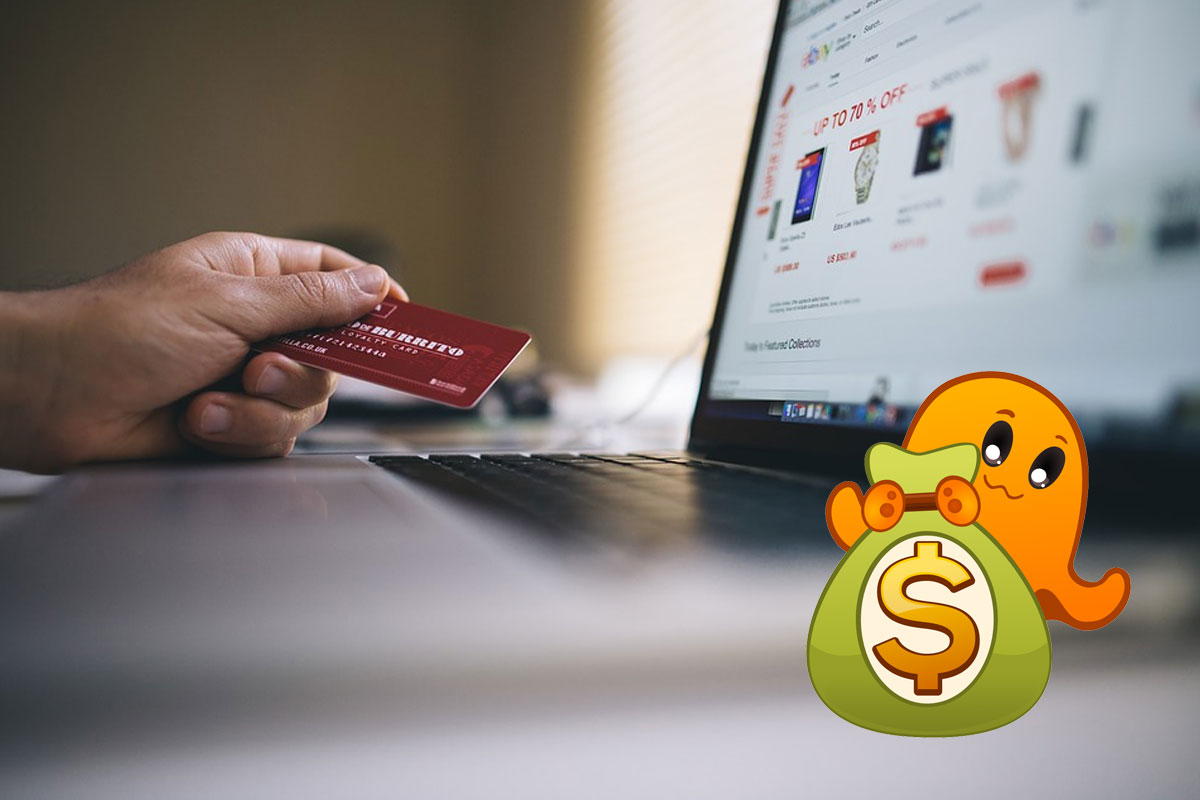Does your online store not perform as well as you think it should? If so, there's a decent chance you need a better eCommerce marketing plan.
First things first: what is eCommerce marketing? In short, this refers to the practice of using advertising tactics to drive traffic to your store. Secondary goals include converting that traffic into customers and retaining those customers.
Not sure where to start? Here are 7 effective marketing strategies that will help you make the most of your online store.
1. Get More Email Subscribers
Dollar for dollar, email marketing is one of the best ways to make sales. According to research, each $1 invested in email marketing nets you $44 back.
What's the secret? For starters, email is more intimate than Twitter or Facebook. On those two platforms, people have too much content to interact with. If you send them a message to their personal inbox, they're more likely to take a look at it.
The other great thing about email is that it gives you more space to say things. Use that to promote your blog, newsletter, and email capture efforts. Consider making the email signup list the first thing your customers will see on your site.
2. Address Abandoned Carts
Every time visitors abandon their cart without buying anything, you're losing money. Last year, the retail eCommerce cart abandonment rate reached 84.2%.
Given this statistic, it's tempting to accept this as a cost of doing business. Still, there are a few things you can do to can address the shoppers' hesitations. For instance, you may persuade them by adding a discount or free shipping.
Another effective trick is to run an email recovery campaign. This is a common way to convince your visitors to make a return visit and complete their order. You may want to include similar product suggestions as well.
3. Upsell Your Products
Upselling refers to convincing a customer to buy a more expensive product than the one they came in for. In McDonald's terms, this is "supersizing an order."
Depending on your goals, upselling may be more effective than getting a new customer. Oftentimes, your customers may not know about the premium product. They may also need proof that an upgrade is a better fit for their needs.
A good upselling strategy revolves around two main factors. First, you need to ensure that your upsell is comparable with the original product. If it is, you'll want to emphasize the difference and be tactful about mentioning the upgrade.
You'll need to consider the customer's anticipated price range as well. The premium product needs to be a noticeably better fit than the original to be worth the extra cost. Otherwise, the customer will reject it based on price alone.
4. Make Use of Instagram
With over half a billion active users, Instagram is one of the biggest social apps around. Right now, it's the perfect place to connect brands and consumers.
The best way to use Instagram is to build a following of people interested in your products. To get there, you'll need to follow the rules of engagement. This involves taking cool photos, making good use of hashtags, and posting at the right time.
Once you have your audience, consider running contests or showing off your product development process. You can also pay to play by adding products to your Instagram stories and posts. This gives your followers a direct path to the purchase.
5. Reward Loyal Customers
Customer retention has always been a reliable way to increase sales. Studies say that return customers account for 22% of the average retailer's revenue.
The simplest method of rewarding your customers is to create a loyalty program. These programs give consumers more incentive to complete an order. Also, automated reminders help keep your brand on people's minds.
The key to developing a loyalty program is choosing how to reward customers. These days, most businesses opt for a point-based program. This involves a point-based currency that consumers can redeem for gifts or discounts.
6. Refine Your Email Campaigns
Above, we talked about why email marketing is a big deal. Still, capturing a bunch of email addresses isn't going to be enough.
For your marketing strategy to be effective, you need to send valuable emails to your channel. The good news: there are many opportunities to do that. This can be anything from sending a welcome email to providing exclusive promo codes.
One particularly useful tactic is to run a BOGO campaign close to the holidays. These days, BOGO campaigns are some of the best "perception" offers on the market. In fact, you can use them to promote self-gifting during the season as well.
7. Evaluate Market Demand
Are you in a position where you can afford to expand your product line? If so, you'll want to figure out if that's worth the cost by anticipating future sales.
You can take several different approaches to test out your market. These include keyword research, social media trends, geographic validation, and so on. Another creative option is to pre-sell items to encourage people to place orders.
For example, let's say you have three unreleased products you may want to sell. Create their pages, list them as "out of stock," and see which one gets the most attention. Don't forget to use compelling copy and decent product photography.
More on eCommerce Marketing
As you can see, there are plenty of ways to improve your eCommerce marketing plan. One thing we haven't touched on is your store's web design.
If your store isn't designed well, it may appear untrustworthy. Other warning signs include a hard-to-read font, lack of a value proposition, and confusing navigation. This is a death knell when it comes to raising your brand awareness.
If you're not a web designer by trade, finding all these mistakes isn't an easy task. If that's the case, you may be better off contacting a professional.
To find out how we can make your store look nicer, contact us right here!




 View Printer Friendly Version
View Printer Friendly Version



